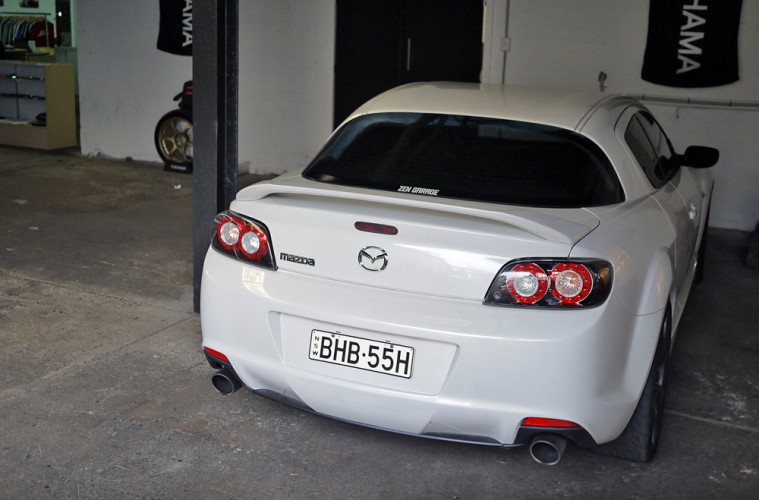Brakes are just as vital as an engine. A vehicles braking system is something that needs to be kept in-check and well maintained. On our project RX8, we’ve decided on replacing both the pads and rotors prior to a track day excursion. DBA Club spec T3 rotors are being used up front, and wiper slot DBA rotors on the rear.
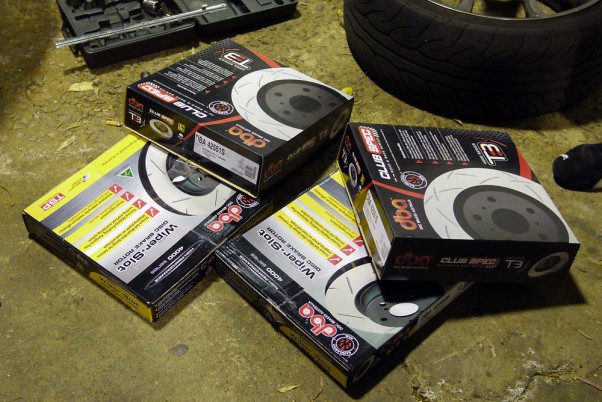
Making sure that you have everything you need before you start cracking bolts is a good way to get things going! Simple tools such as an impact screwdriver and 3/8” ratchet / socket set are satisfactory tools to get such a job done.
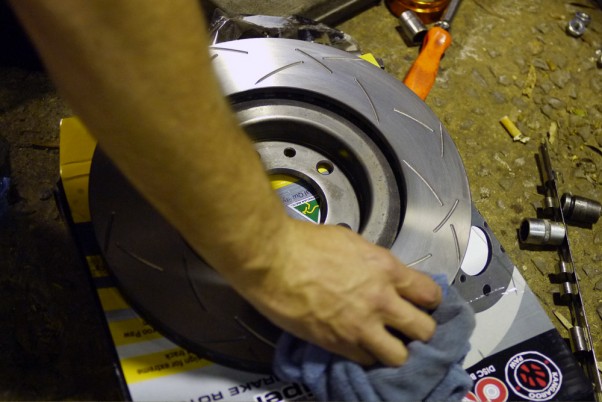
Cleaning and preparing your hubs and discs before install is a must. No doubt there may be some general dirt and grime build-up behind your discs, so giving everything a quick once-over doesn’t hurt.
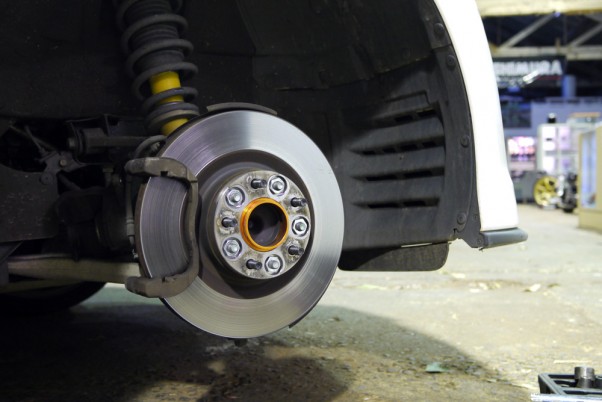
Removing discs can be a difficult task if they’ve been on the car a while. Make sure you have a bottle of rust-penetrating fluid around, as it’ll aid greatly in cracking the screws which hold the discs in place. Also, an impact screwdriver may be needed to apply enough force to the screws without rounding them.
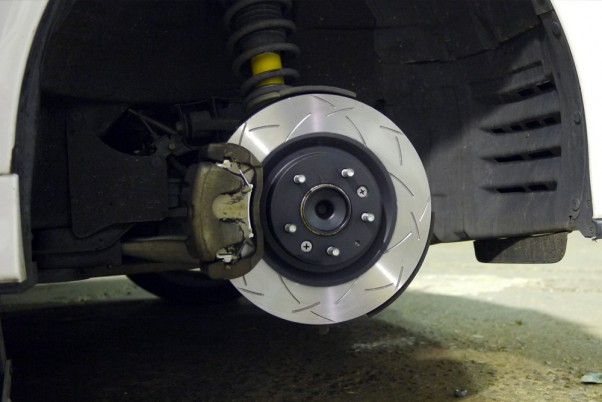
Not only do slotted rotors look cool, they provide a better bite for the brake pad and perform a lot better than a standard, not slotted rotor.
Bedding in pads is a must – brake pads come with a bed-in coating that has to be worn in so that the pads can function properly. The procedure included:
– Four 60 km/h to 20 km/h brake tests, with light to medium brake force
– Four 80 km/h to 20 km/h brake tests, using heavy brake force.
– Two to four 80 km/h to 20 km/h brake tests, using full braking force (ABS may kick in if your car has it!)
After this, the discs and pads were left to cool down overnight to help heat treat the discs. After completing the proper bed-in procedure, the pads will behave themselves and work as expected.

